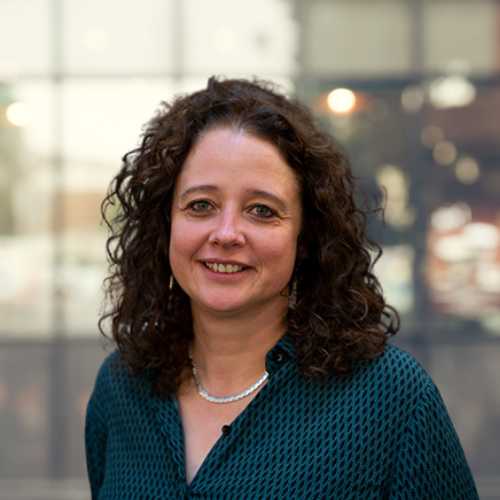Sonar distinguishes fish species
Dutch and European legislation stipulates that certain fish species may only be fished to a limited extent, others not at all and strict regulations exist for bycatch. Together with the Jaczon fishery in Scheveningen, TNO has developed a system that uses a special onboard sonar to differentiate fish species.
‘The system is based on technology developed after decades of research into acoustics and sonar at TNO. We have now been able to successfully apply the technology in the fishing industry to enable the sustainable management of fish stocks and thus help create a healthy ecosystem,’ says Maurits Huisman, business developer at TNO.
Unwanted bycatch
For Jaczon, a subsidiary of the family company Cornelis Vrolijk, sustainable fishing is a priority. The company is mainly active in pelagic fishing – species that are found deep in the sea – and does all it can to operate responsibly and in line with international regulations, such as taking measures to mitigate unintended bycatch.
The TNO sonar is the latest step in identifying the desired fish species and sizes so that bycatch can be avoided. Bycatch used to be thrown overboard, something that is no longer permitted by European legislation. Solutions like smart fishnets that let some species through but catch others can be combined with sonar to minimise the bycatch.
Acoustic properties
On behalf of Jaczon, TNO has investigated the problem over recent years. Sonar transmits short sound pulses and listens to the signals that come back. While the differences may be small, each fish species has its own acoustic properties, as is evident from the amplitude and structure of the reflected energy.
So it makes sense to use this information to classify the detected fish, that is, to determine the fish species. Having such a picture, a trawler can decide whether or not to cast its net.
Database
The new system is able to differentiate between fish species such as herring, mackerel, horse mackerel and sprat. TNO has developed a prototype and successfully tested it in practice. Using a broadband forward-looking sonar and algorithms developed by TNO, fish can be identified and classified in real-time.
This is a learning system in which the classification algorithm uses new sonar data to improve itself. The underlying database with acoustic data is supplemented with data supplied by the Cornelis Vrolijk vessels throughout the year. This generates a significant contribution to the ongoing research into the fish populations and to improving the algorithm.
Get inspired
Acoustics and sonar

